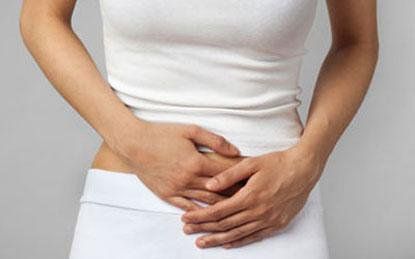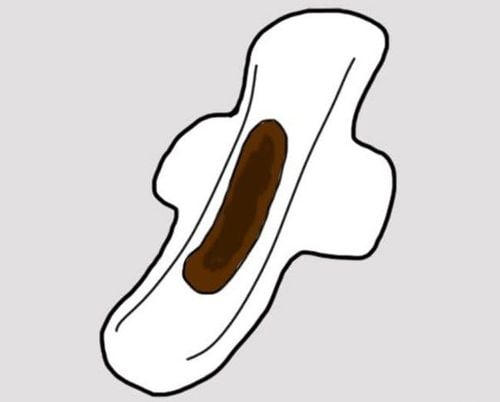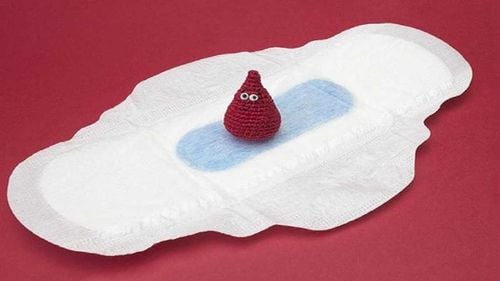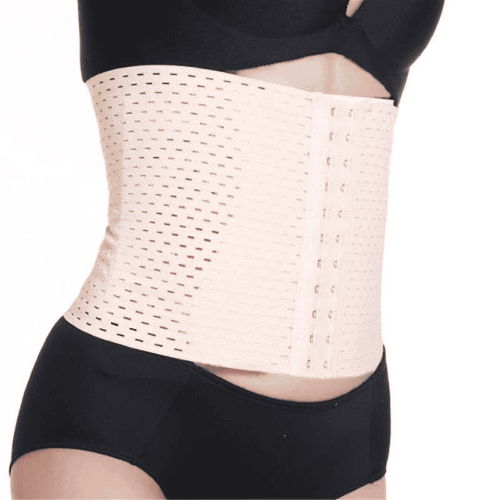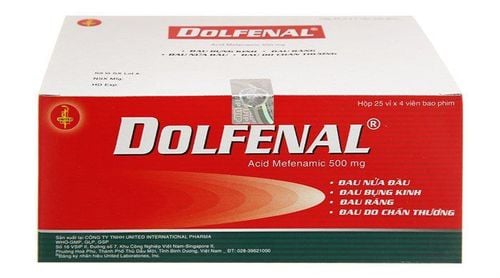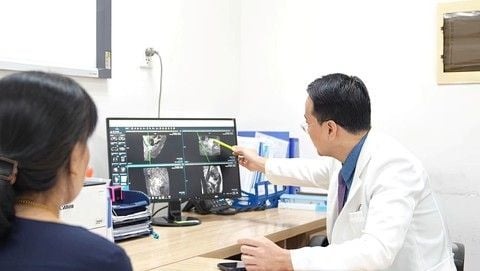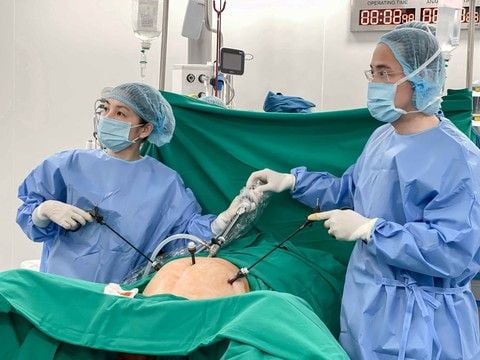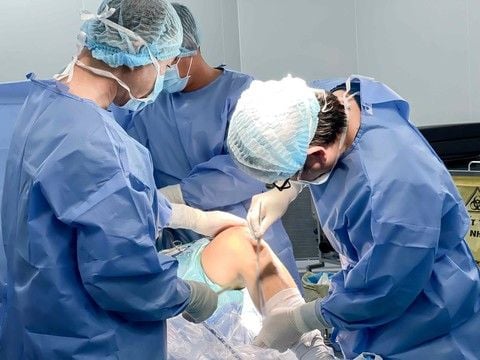This article has been professionally reviewed by Dr. Lê Thị Phương, Specialist Level I, Department of Obstetrics and Gynecology, Vinmec Hạ Long International General Hospital. Dr. Lê Thị Phương has 29 years of experience in the field of obstetrics and gynecology.
The postpartum female body secretes a significant amount of lochia (vaginal discharge), a normal physiological process. However, it may also lead to abnormal changes and adversely affect the recovery process of the postpartum mother. Among these, the most dangerous is postpartum hypogastric pain caused by lochial retention.
1. What is postpartum lochia retention?
Postpartum lochia is essentially the shedding of the placental membrane, uterine lining, and vaginal discharge, which creates a favorable environment for the growth of genital bacteria. Typically, a woman's body undergoes certain changes after childbirth, with the uterus contracting to expel the lochia, which may be the cause of mild to severe postpartum hypogastric pain. If the lochia cannot be expelled and accumulates in the uterus, it leads to lochial retention.
If lochial retention is not detected and managed promptly, it can lead to dangerous complications such as coagulation disorders, uncontrollable hemorrhage, excessive blood loss, and life-threatening complications.
The following content is prepared under supervision of Bác sĩ chuyên khoa II, Tạ Quốc Bản , Sản phụ khoa , Khoa Sản phụ khoa - Bệnh viện Đa khoa Vinmec Đà Nẵng
2. What causes postpartum retention?

Several factors can lead to lochial retention after childbirth, including:
2.1 Lack of physical activity
Many postpartum women , feeling exhausted or concerned that movement might hinder their recovery, remain bedridden after childbirth. However, inactivity can contribute to lochial retention and postpartum pain after a cesarean delivery). During the first 10 days postpartum, the uterus contracts and becomes elastic to expel lochia, therefore, Doctors recommend that postpartum female remain in bed only for the first 24 hours after postpartum period, after which they should sit up and begin walking to aid uterine contraction and accelerate the expulsion of lochia, thus shortening the postpartum period.
2.2 Cervical stenosis
Cervical stenosis prevents the expulsion of lochia, a condition frequently observed in postpartum patients who underwent cesarean section prior to the onset of spontaneous labor. This prevents cervical dilation (even with intraoperative cervical dilation), leading to lochial retention within the uterus and subsequent postpartum pain after a cesarean delivery.
3. Differentiating between Postpartum hypogastric pain and pain due to lochial retention
Postpartum hypogastric pain and pain due to lochial retention are two distinct conditions requiring accurate differentiation for appropriate management. In reality, many postpartum women experience postpartum pain after a cesarean delivery and vaginal deliveries. This pain may represent normal uterine contractions expelling lochia or physiological adjustments following childbirth. However, if abdominal pain is accompanied by abnormal symptoms such as high fever or persistent pain, the postpartum woman should seek medical attention, as it may indicate postpartum lochial retention
Typically, postpartum women have approximately 20 to 30 days for lochia to be completely expelled. However, experiencing lower abdominal pain 3 months postpartum is an abnormal sign and should raise suspicion of postpartum lochial retention. Is it necessary to determine the characteristics and presentation of the pain?
If postpartum lower abdominal pain is accompanied by the following abnormal symptoms, the patient may have experienced prolonged lochial retention, requiring immediate medical evaluation. These manifestations include:
- Low-grade fever
- A sensation of fullness and hypogastric pain
- Minimal vaginal discharge with a foul odor
- Palpable abdominal firmness and masses
- A closed cervix upon examination, with dark, foul-smelling lochia upon manual cervical dilation
- Significant pain upon cervical palpation"
4. How to avoid lochial retention after childbirth?
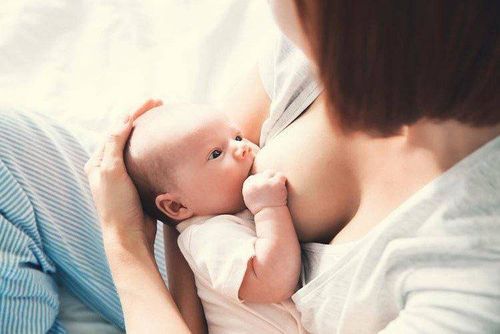
Although postpartum lochia is a normal physiological phenomenon, postpartum women should not underestimate or be complacent about it. To effectively prevent postpartum lochial retention, gentle mobilization and meticulous hygiene of the surgical incision or perineal sutures are crucial to avoid postpartum infection.
Furthermore, early and direct breastfeeding also effectively promotes uterine involution and prevents postpartum lochial retention. For mothers with an anteverted uterus, lying prone for approximately 30 minutes daily can facilitate lochia expulsion.
To alleviate postpartum pain and ensure a smooth and safe delivery, pregnant women need a clear understanding of:
- The process of labor and its typical duration to determine the appropriate mode of delivery (vaginal or cesarean), safeguarding fetal well-being.
- Pain management methods during labor to minimize discomfort and alleviate psychological stress during childbirth.
- Proper pushing and breathing techniques during vaginal delivery to expedite labor and prevent maternal exhaustion.
- Strategies for managing postpartum uterine contractions within the shortest possible time frame.
- Care protocols for perineal sutures to prevent infection and serious complications.
- Early postpartum follow-up to detect potentially dangerous abnormalities such as retained placental tissue or retained surgical gauze.
- Neonatal care until the infant reaches one month of age and is thriving
The greatest concern for postpartum women undergoing cesarean section is often the pain experienced after delivery, once the anesthetic effects have subsided. Even the slightest movements can cause sharp pain at the surgical site. Understanding the physical and emotional challenges of childbirth and aiming to alleviate the associated pain, Vinmec offers a comprehensive Maternity Package with a complete “painless delivery” service during and after childbirth, utilizing non-morphine epidural analgesia and pudendal nerve block techniques. Throughout the delivery process, midwives will guide the parturient on proper pushing and breathing techniques, facilitating delivery within 10-15 minutes. Postpartum, the newborn will receive care in a sterile environment before being reunited with the mother.
Postpartum women will recover in premium inpatient rooms designed to international hotel standards, with private single rooms equipped with comprehensive amenities and modern facilities. Mothers will receive nutritional counseling from experts regarding infant feeding practices before discharge. Postpartum follow-up examinations will be conducted for both mother and infant by Obstetrics and Pediatrics specialists
To arrange an appointment, please call HOTLINE or make your reservation directly HERE. You may also download the MyVinmec app to schedule appointments faster and manage your reservations more conveniently.



